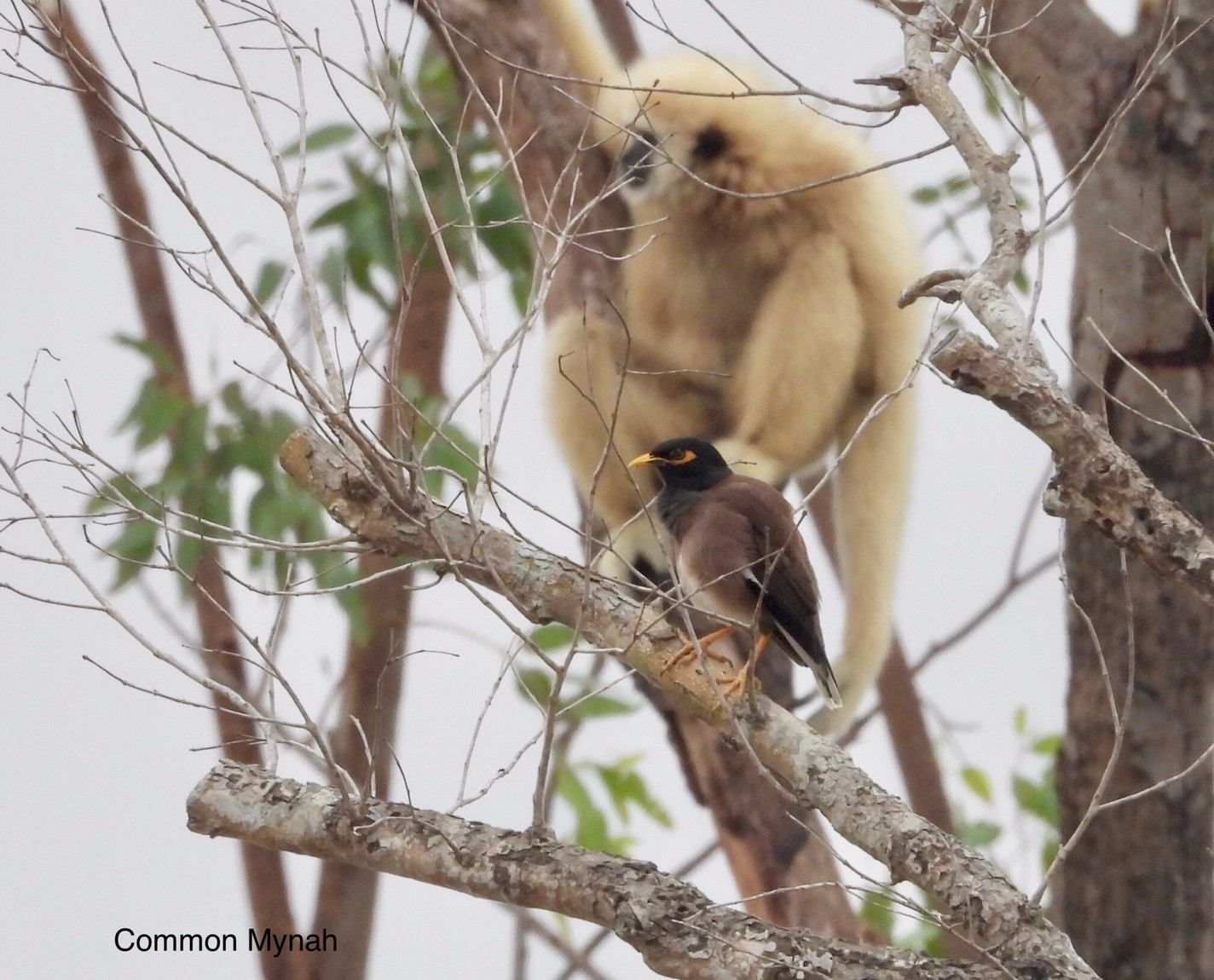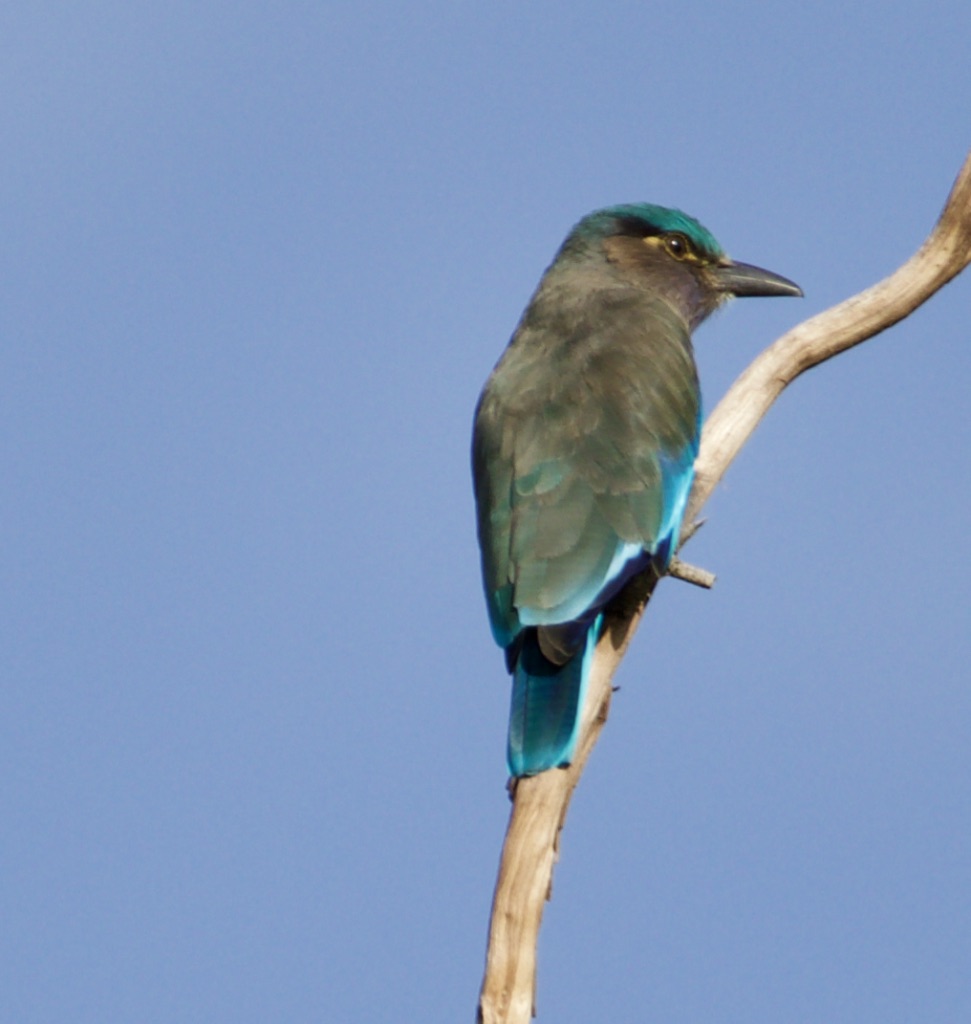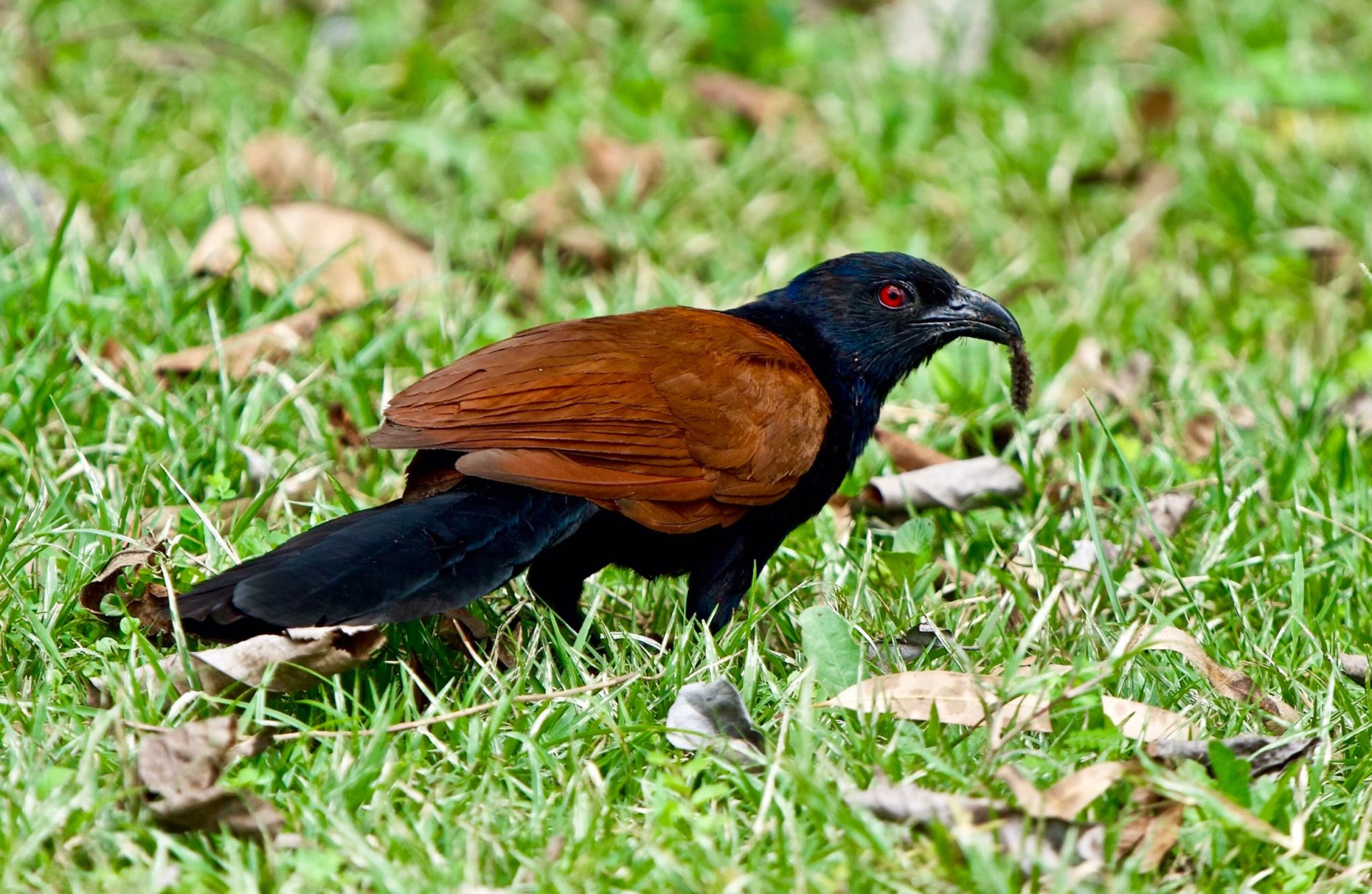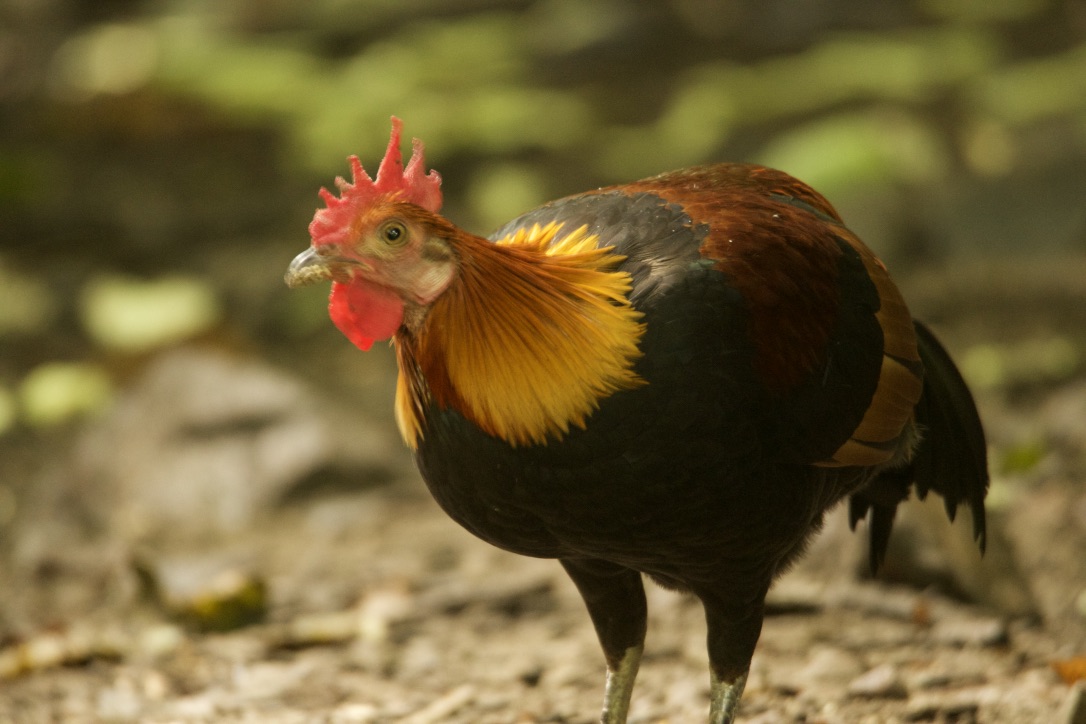Acridotheres tristis
Size: 22 – 24cm
Weight: 110 – 140g
Found: It is a species of bird native to Asia with its initial home range spanning from Iran, Pakistan, India, Nepal, Bhutan, Bangladesh and Sri Lanka; as well as Afghanistan, Uzbekistan, Tajikistan, Turkmenistan, Myanmar, to Malaysia, Singapore, peninsular Thailand, Indo-China, Japan (Ryukyu Islands) and China.
The myna has been introduced in many other parts of the world such as Canada, Australia, Israel, New Zealand, New Caledonia, United States, South Africa, Kazakhstan, Kyrgyzstan, Uzbekistan and islands in the Indian Ocean (Seychelles, Mauritius, Réunion, Madagascar, Maldives, Andaman and Nicobar Islands and Lakshadweep archipelago) and also in islands of the Atlantic, such as Ascension and St Helena, and Pacific Oceans. The range of the common myna is increasing to the extent that in 2000 the IUCN Species Survival Commission declared it among the World’s 100 worst invasive species.
This abundant passerine is typically found in open woodland, cultivation and around habitation.
Description: The common myna is readily identified by the brown body, black hooded head and the bare yellow patch behind the eye. The bill and legs are bright yellow. There is a white patch on the outer primaries and the wing lining on the underside is white. The sexes are similar and birds are usually seen in pairs.
Diet: Like most starlings, the common myna is omnivorous. It feeds on insects, arachnids, crustaceans, reptiles, small mammals, seeds, grain and fruits and discarded waste from human habitation.
Comment: The common myna is regarded as a pest in South Africa, North America, the Middle East, Australia, New Zealand and many Pacific islands. It is particularly problematic in Australia. Several methods have been tried to control the bird’s numbers and protect native species.





